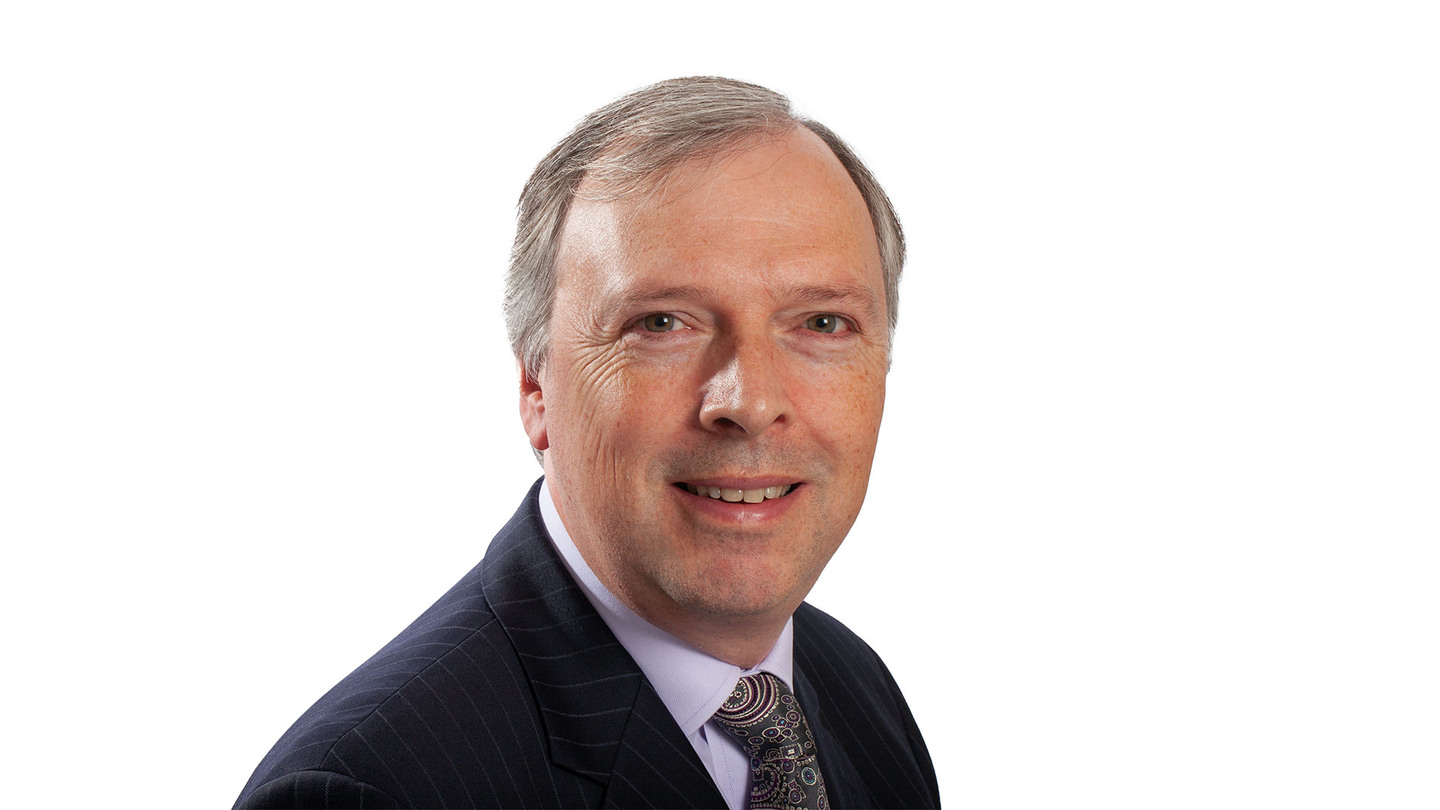When is it time to go ‘pedal to the metal’ to build growth, and when is it the moment to pull back and be more circumspect? David Davies speaks to a trio of vendors to find out how much these actions are influenced by global trends and events, and how to succeed in uncertain times.
Throughout 2023, a series of industry conferences and seminars featured sessions on how to deliver business growth – and no wonder. In a historical period that seems sure to be remembered for its profound uncertainty and ever-increasing risk factors, being able to devise meaningful longer-term strategies has to be more challenging than ever.
The geopolitical factors are simultaneously universal and acute; for example, whilst it had seemed in the second half of last year that supply chain issues were slowly being resolved, we are now immersed in an escalating crisis affecting shipping in the Red Sea. Then there are the technology changes, with AI set to transform countless areas of media in ways that can’t yet be fully envisaged. For vendors, in particular, this makes it difficult to embark upon R&D that doesn’t run a high risk of being swiftly eclipsed...
You are not signed in.
Only registered users can view this article.
NAB show review: Tariffs, technology and legacy business in the spotlight
Artist led, AI driven, fan-first media show the way forward at a NAB show dominated by tariff-suffering hardware vendors and advertiser weakened broadcast.

Virtual Production: Practical advice for lighting the volume
Adrian Pennington explores the many and varied lighting considerations for shoots within an LED volume where the ambition is to seamlessly marry virtual and real world environments.
Bright future: How CoSTAR will ideate the next wave in UK creative IP
If the UK’s creative industries are to continue to add hundreds of billions of pounds in value to the country’s economy then much will rely on the success of a new network of tech labs exploring the future of media.
 10 (1).jpg)
OTT evolution: Shifting business models, monetisation and personalisation
Over the past two decades, the over‐the‐top (OTT) industry has undergone a remarkable transformation from a niche experiment to a multi‐billion‐dollar ecosystem, writes John Maxwell-Hobbs.
.jpg)
AI through the looking glass: Digital natives
When it comes to AI, the M&E industry should take a more active interest in the views of its young people if it wants them to remain part of it, writes James McKeown.




